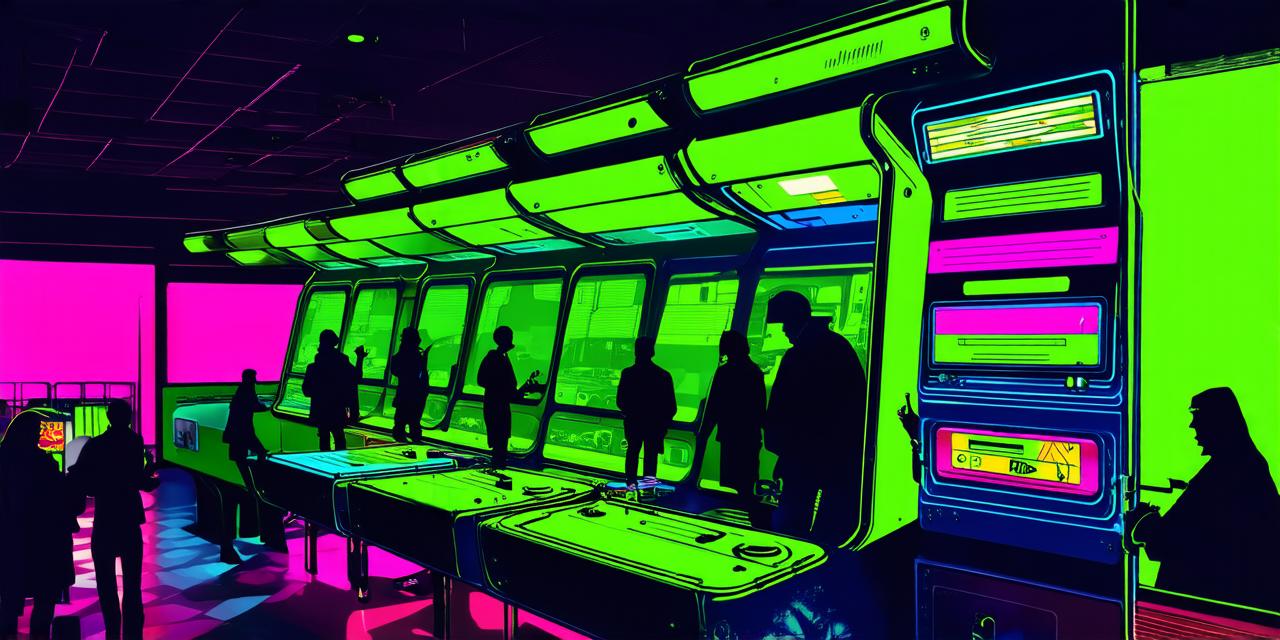The concept of the metaverse is not new, as it first emerged in science fiction novels and movies decades ago. However, with the rapid advancement of technology, the term has gained traction in recent years, especially with the rise of virtual reality (VR) and augmented reality (AR). The metaverse refers to a shared, immersive digital space where people can interact with each other and their environment in new ways.
Who Originated the Term Metaverse?
The term “metaverse” was first coined by science fiction author Neal Stephenson in his 1992 novel “Snow Crash.” In the book, Stephenson used the term to describe a virtual reality world where people could interact with each other and their environment through avatars. This concept of a digital realm that transcends physical boundaries was revolutionary at the time and has since become a central theme in science fiction.
However, it wasn’t until 2018 that the term gained widespread attention in the tech industry. In an interview with *Wired* magazine, virtual reality pioneer Jaron Lanier used the term “metaverse” to describe a shared digital space where people could interact with each other and their environment in new ways. Lanier’s vision of the metaverse was influenced by Stephenson’s novel and drew on his own experiences working on virtual reality projects.
What is the Metaverse?
At its core, the metaverse is a shared digital space where people can interact with each other and their environment in new ways. This can include anything from virtual reality worlds to augmented reality experiences, social media platforms to online gaming communities. The concept of the metaverse is built on the idea that technology has the power to create new forms of interaction and communication between people, regardless of physical distance.
One of the key aspects of the metaverse is its immersive nature. People can enter this digital realm through their smartphones, computers, or virtual reality headsets and become fully immersed in a world that feels real and interactive. This immersion can be achieved through a variety of technologies, including haptic feedback, motion tracking, and advanced graphics rendering.
The metaverse also has the potential to democratize access to information and resources. By creating a shared digital space where people from all walks of life can interact, the metaverse could help bridge the gap between developed and developing countries and create new opportunities for collaboration and innovation.
The Evolution of the Metaverse
The concept of the metaverse has evolved significantly since its inception in science fiction. As technology has advanced, so too have our understanding of what the metaverse could be and how it might work.
One of the key developments in the metaverse has been the rise of virtual reality (VR) and augmented reality (AR) technologies. These technologies allow people to enter a digital realm that feels real and immersive, and they have already been used for everything from gaming and entertainment to education and training.
Another important development in the metaverse has been the growth of social media platforms and online communities. These platforms provide a space where people can connect with each other, share information, and collaborate on projects. The rise of these platforms has made it easier than ever for people to create and participate in digital experiences that are both immersive and engaging.
The Future of the Metaverse
The metaverse is still a relatively new concept, but its potential is already being realized in a variety of ways. As technology continues to advance, we can expect the metaverse to become even more immersive and interactive, with new forms of communication and collaboration emerging.
One of the most exciting developments in the metaverse is the possibility of creating entirely new forms of interaction and experience that were never possible before. For example, people could use virtual reality technology to explore distant parts of the world or collaborate on complex projects with colleagues from around the globe.
The metaverse also has the potential to revolutionize industries such as education, healthcare, and manufacturing. By creating a shared digital space where people can interact and collaborate in new ways, the metaverse could help us solve some of the world’s most pressing challenges more effectively than ever before.
Summary
The concept of the metaverse is still in its early stages, but it has already shown tremendous potential for revolutionizing the way we live and work. As technology continues to advance, we can expect the metaverse to become even more immersive and interactive, with new forms of communication and collaboration emerging. The future of the metaverse is bright, and its possibilities are endless.

